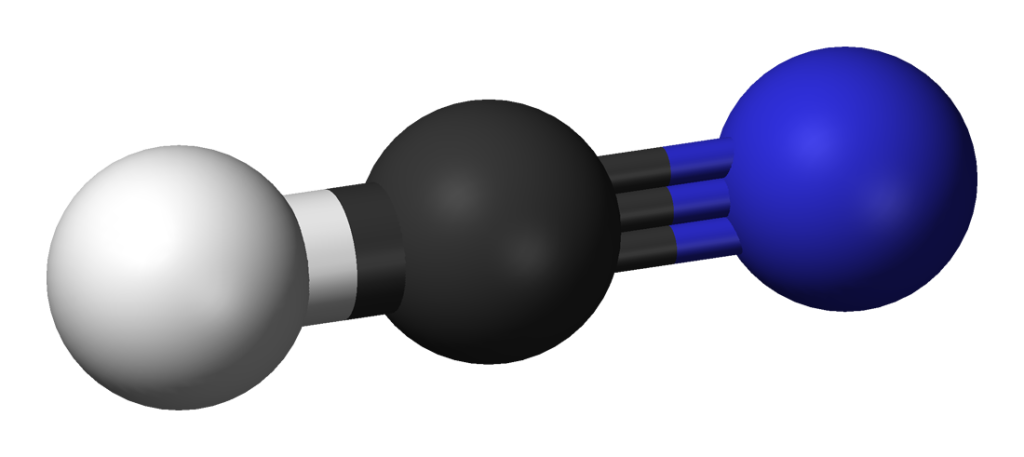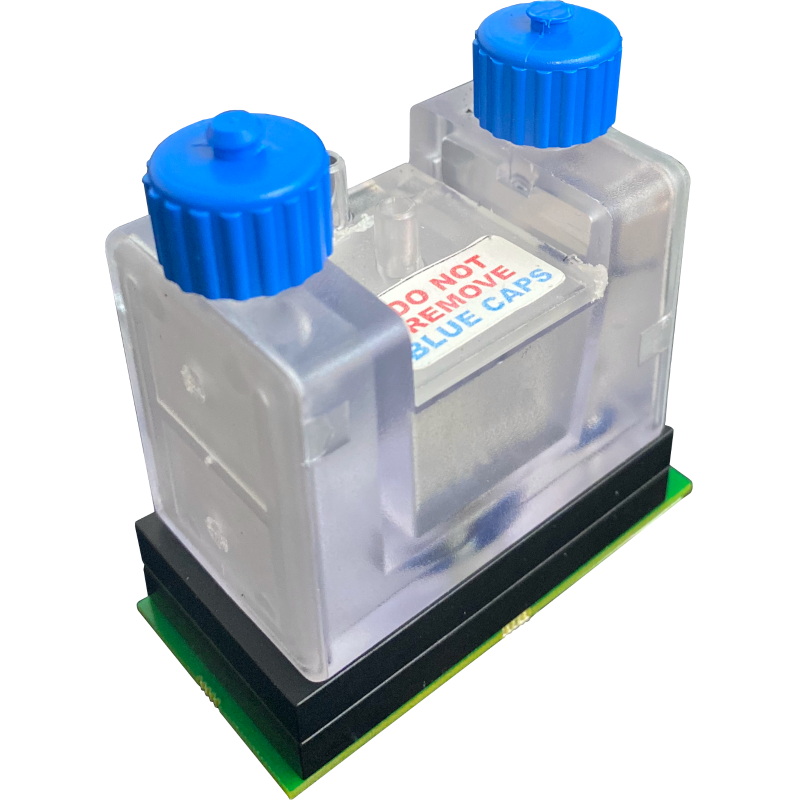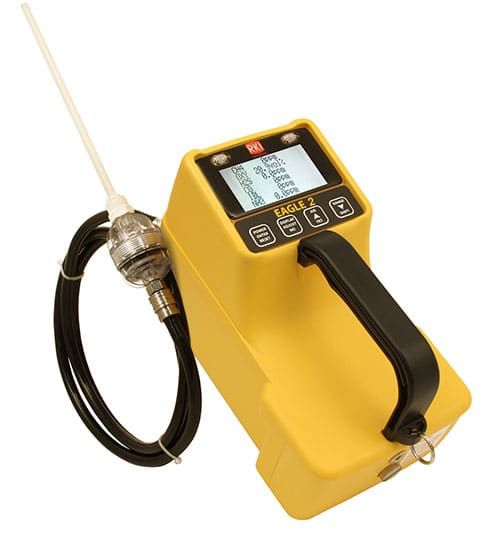Hydrogen Cyanide, a compound with a reputation for its toxic nature, stands as a colorless or pale blue liquid or gas. Its presence is often detected in the smoke of tobacco products, car exhaust, and emerges from the combustion of nitrogen-containing organic materials. This blog explores the characteristics, health risks, regulations, and monitoring methods associated with Hydrogen Cyanide.
Characteristics and Occurrence:
Hydrogen Cyanide is a hazardous substance found in various forms, either as a toxic gas or a liquid with a pale blue hue. It emerges from the combustion of nitrogen-containing organic materials, including the smoke produced by tobacco products and car exhaust. A notable characteristic is its ionization in water, producing the highly toxic cyanide anion. It’s crucial to note that hydrogen cyanide can form explosive mixtures in the air, and exposure to heat or flame can lead to container explosions.
Hydrogen Cyanide Exposure and Health Risks:
The toxicity of Hydrogen Cyanide is extreme, posing risks through inhalation, ingestion, or skin contact. Even a small concentration or brief exposure can be lethal. Prolonged inhalation can lead to severe damage to the central nervous, cardiovascular, and respiratory systems, potentially resulting in fatality. Cyanide exposure may also cause an enlarged thyroid, irritation to the eyes, skin, and respiratory system, and, according to animal studies, be associated with fetal malformations and low birth weight. Skin contact with hydrogen cyanide results in severe burns, adding to the array of health risks associated with this compound.
Regulations:
Regulatory bodies have established exposure limits to safeguard individuals working with Hydrogen Cyanide. The table below outlines the most recent exposure limits set by various organizations:
| Limit/Level | Type | Organization |
|---|---|---|
| 1.0 ppm | AEGL-1 (8 hrs) | EPA |
| 2.5 ppm | AEGL-2 (8 hrs) | EPA |
| 6.6 ppm | AEGL-3 (8 hrs) | EPA |
| 10 ppm | TWA (8 hrs) | OSHA |
| 4.7 ppm | ST | NIOSH |
Measuring Hydrogen Cyanide:
All of those units can be found here: https://www.gas-sensing.com/information/hydrogen_cyanide
Accurate measurement of Hydrogen Cyanide concentration in the air is imperative for ensuring a safe working environment. Monitoring is typically conducted in units of parts per million (ppm). Many advanced products offer digital communication capabilities for easy monitoring and control. A range of portable and fixed hydrogen cyanide monitors and kits is available, ensuring flexibility and convenience in monitoring hydrogen cyanide levels.
In conclusion, Hydrogen Cyanide demands meticulous attention due to its potent toxicity and potential hazards. Rigorous adherence to safety guidelines, exposure limits, and the utilization of advanced monitoring technology are crucial in mitigating the risks associated with this hazardous compound. Stay vigilant, stay safe.



